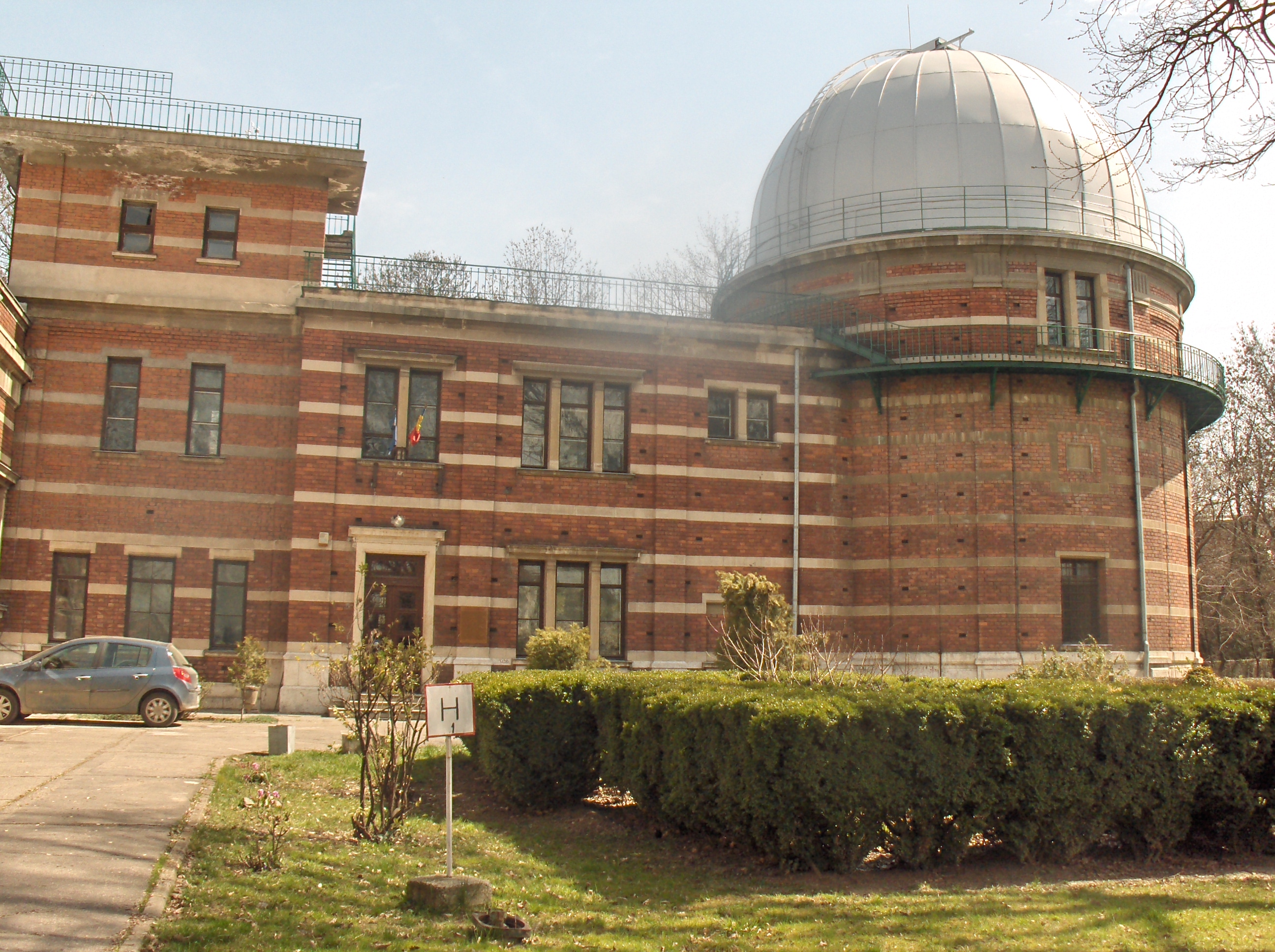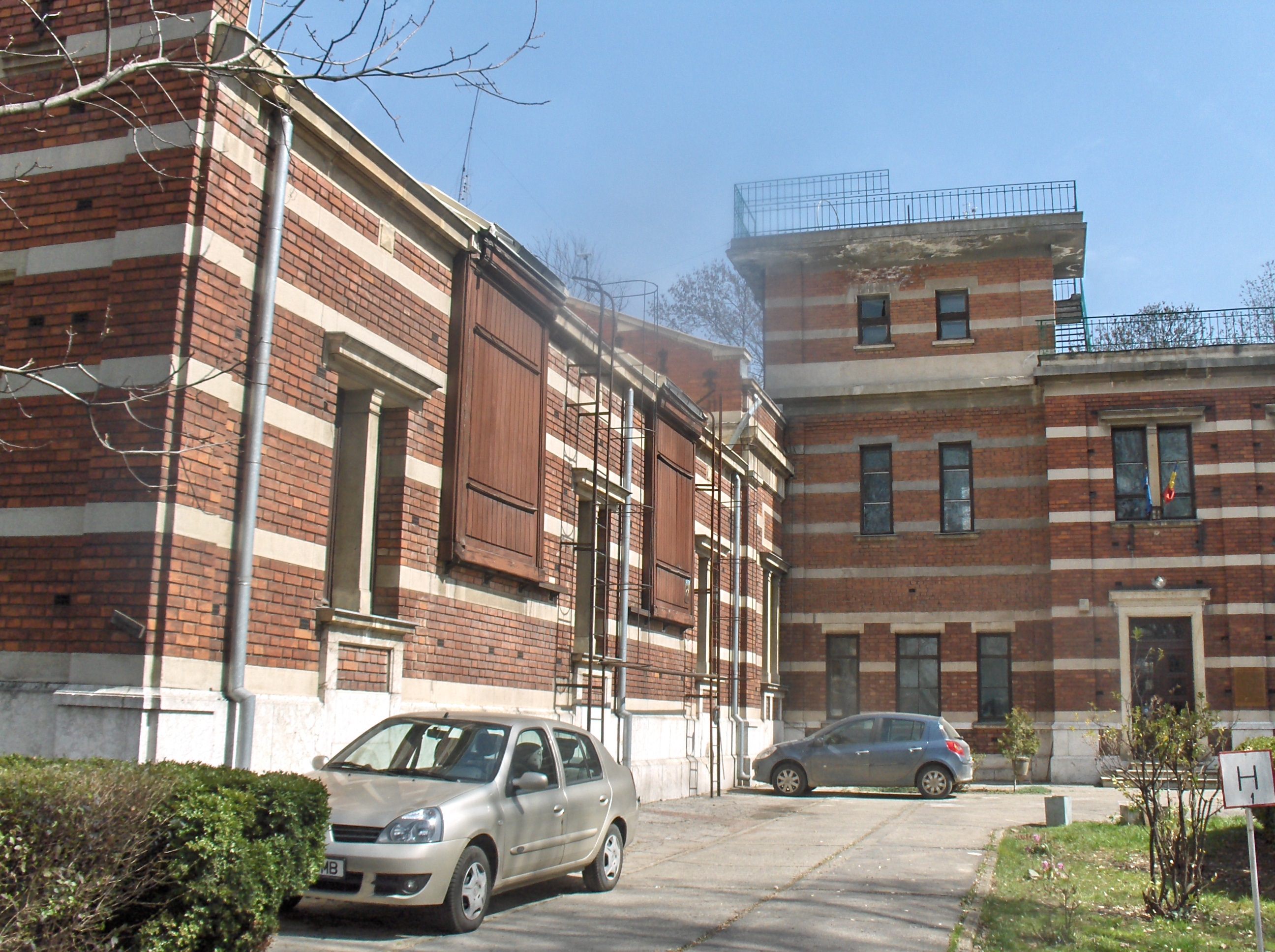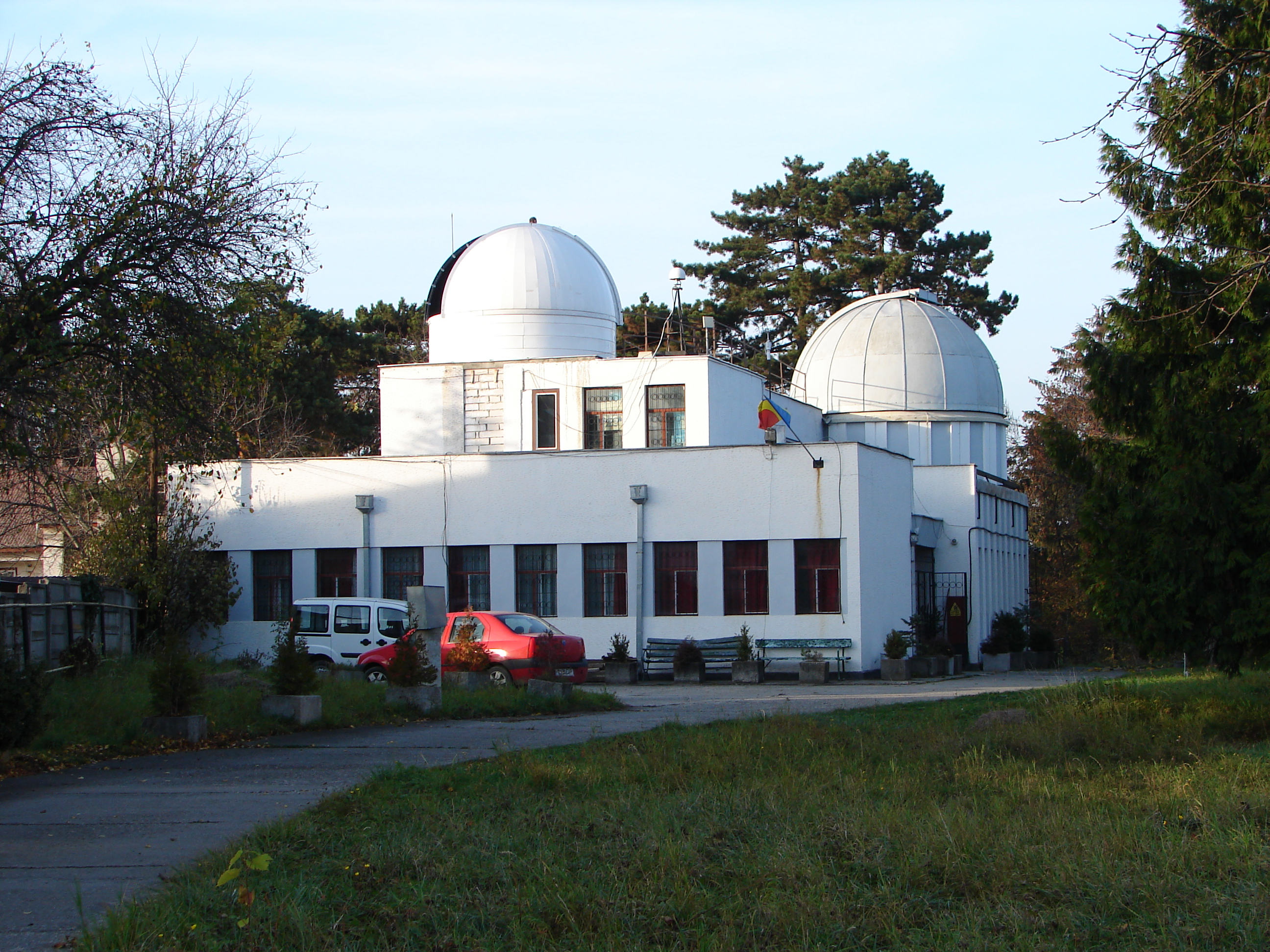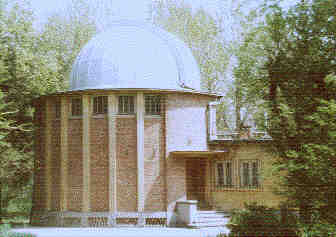Bucharest Astronomical Observatory
The Astronomical Institute of the Romanian Academy has three observatories in Bucharest, Cluj-Napoca and Timişoara comprising several scientific research facilities.
Bucharest Astronomical Observatory
Cluj-Napoca Astronomical Observatory
Timişoara Astronomical Observatory


The Meridian Hall of Bucharest Astronomical Observatory

Cluj-Napoca Astronomical Observatory

Timișoara Astronomical Observatory